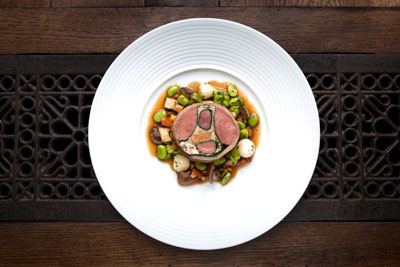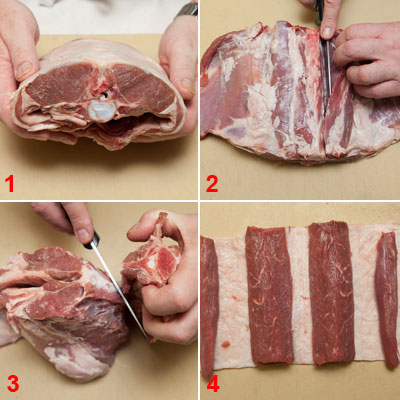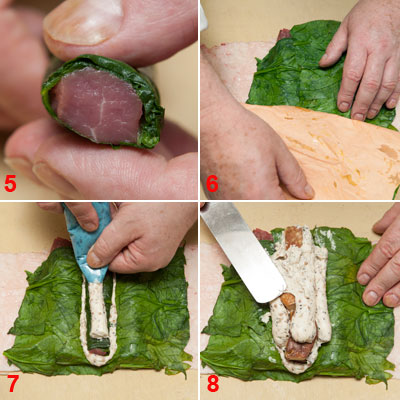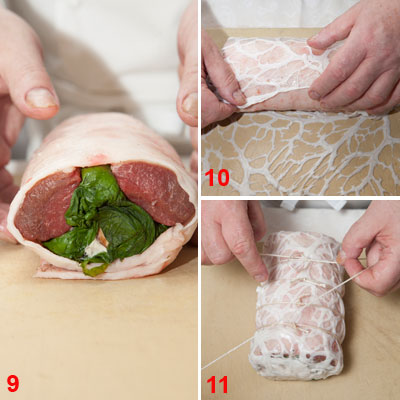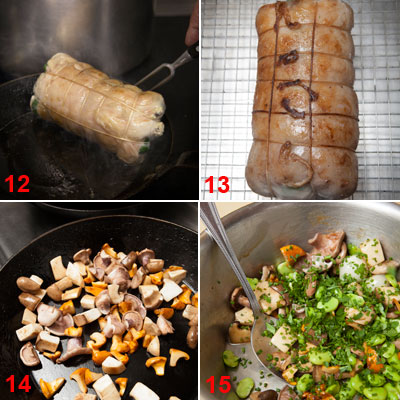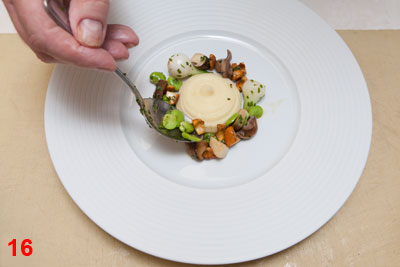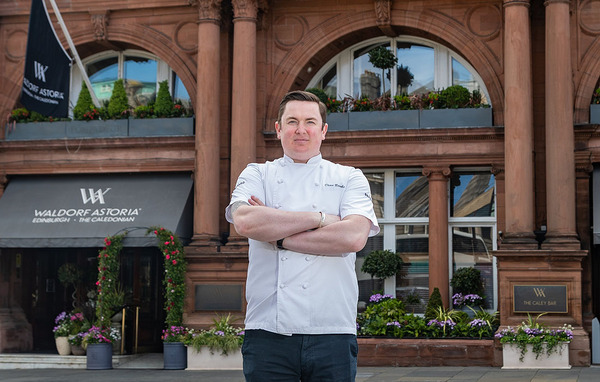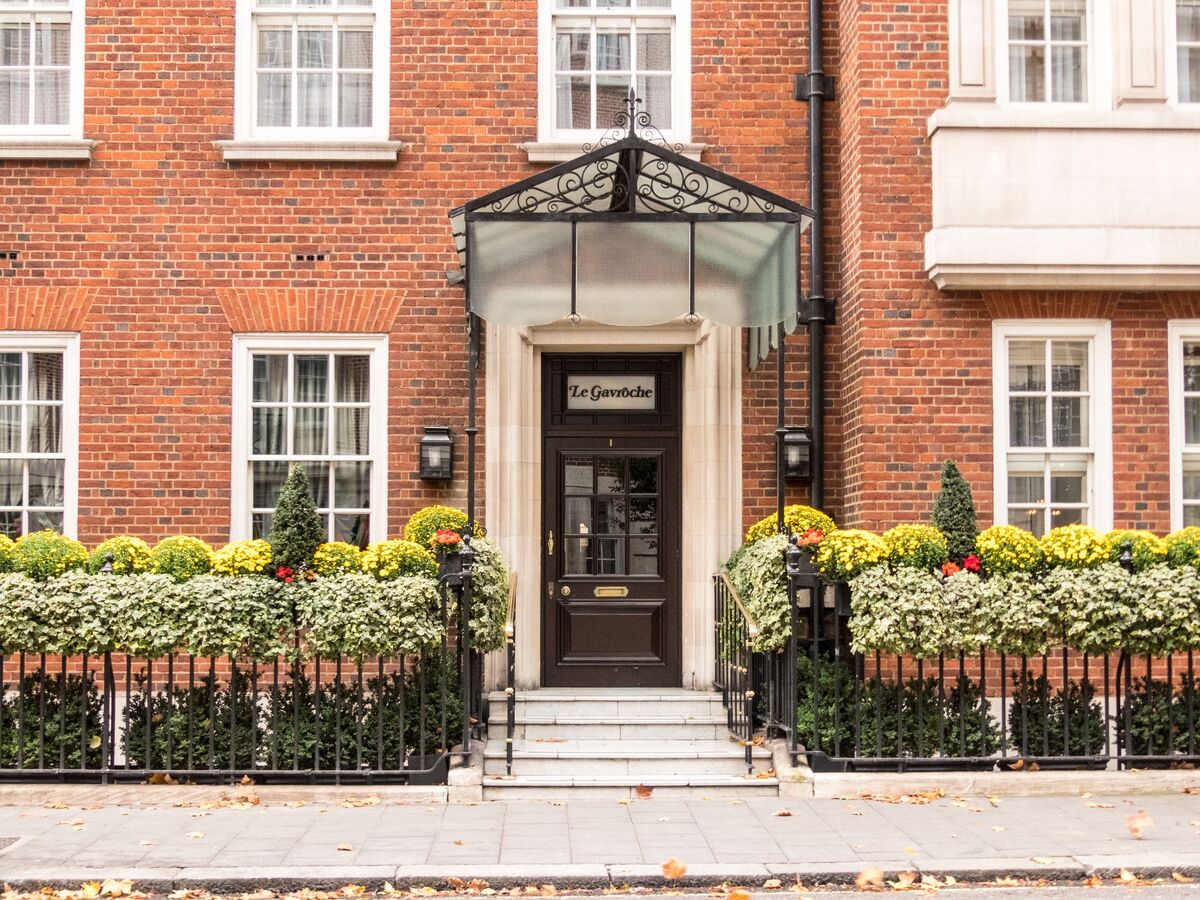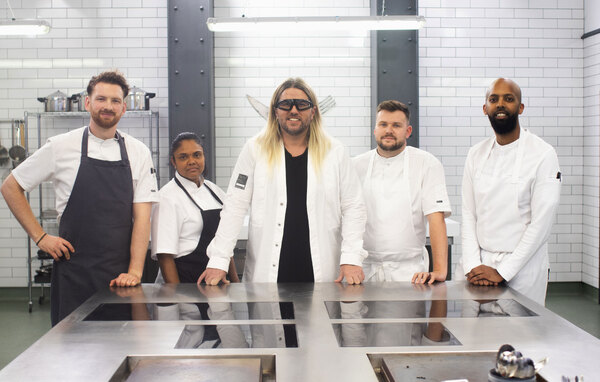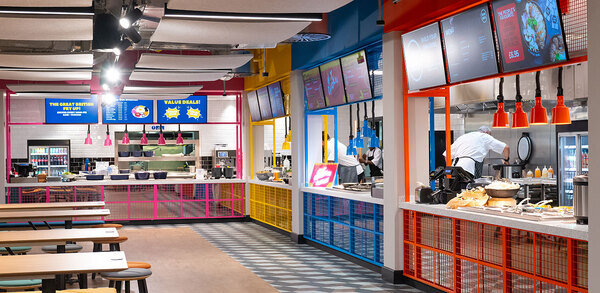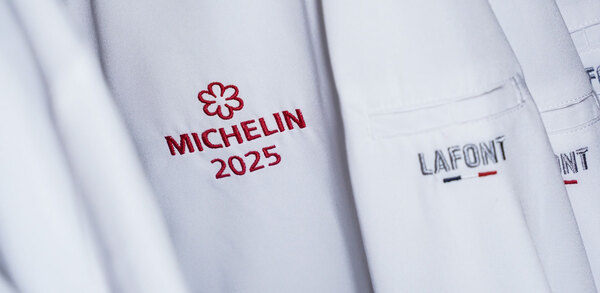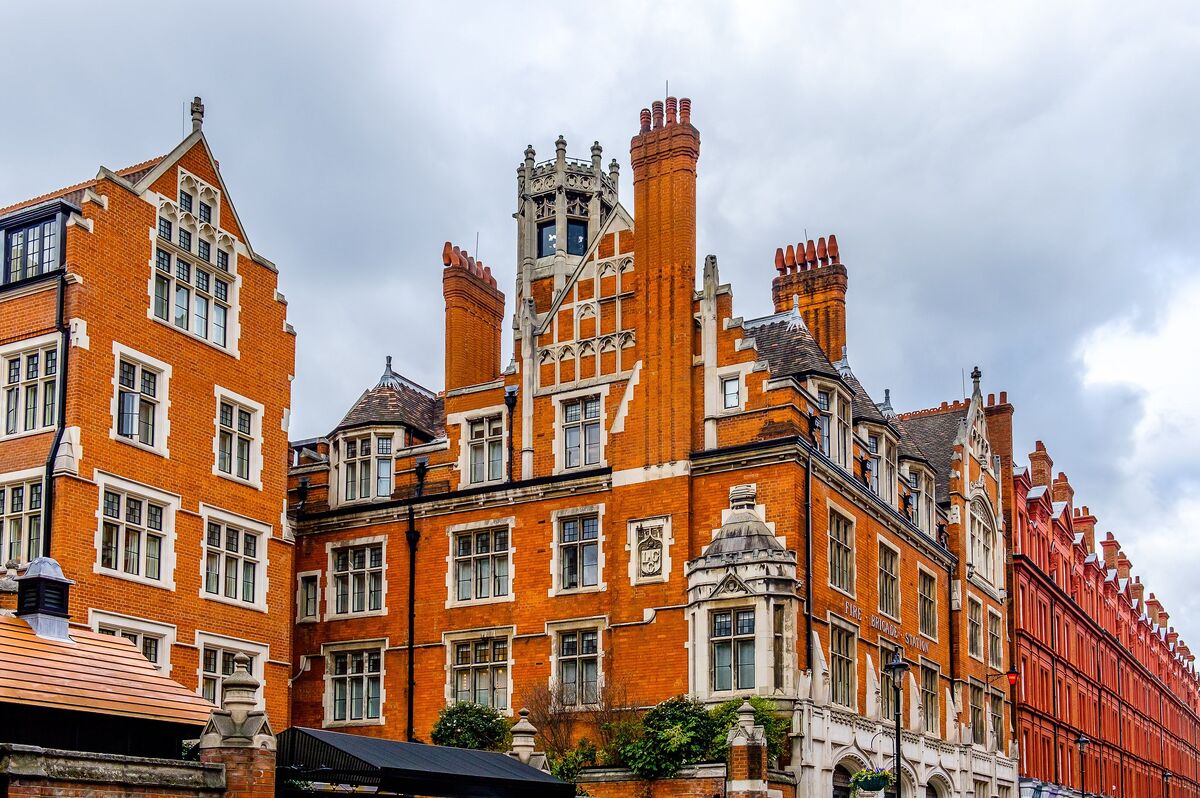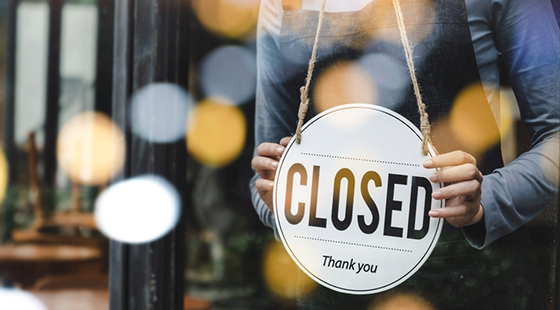Chef masterclass – Saddle of lamb 'belle epoque', by John Williams
Chef John Williams' recipe calls on the venerable history of haute cuisine and the dining tradition at the Ritz to create a distinguished dish fit for lunch at the iconic hotel. Michael Raffael reports
Chefs who aspired to the Royal Academy of Culinary Arts Awards of Excellence last year were challenged to prepare a saddle of mutton. They were to present this to John Williams, the competition's chief examiner and judge, Academy chairman and chef at the Ritz, where saddle of lamb ‘belle epoque' is served for lunch every Wednesday.
The French-inspired name is misleading. It may sound as though it ought to be in Escoffier's Guide Culinaire or Le Répertoire, but according to Williams, it's his personal take on a dish that the legendary Michel Bourdin used to serve at the Connaught.
At a time when many chefs are succumbing to the temptations of pre-portioning and vac-packing, the saddle of lamb is a throwback to the days of haute cuisine: a large joint that isn't cooked slowly at a low temperature.
WATCH THE VIDEO
The saddle
In butcher-speak, this is a short saddle. It's the joint between the haunch and the best end: the two loins on either side of the backbone. The bark has been stripped off and about 10cm of flank is left attached either side of the eye muscle. Before further trimming, the joint weighs about 2.5kg.
Batch size The kitchen will prepare eight or nine saddles for Wednesday lunch. Each saddle yields five or six portions.
Cost Saddle of lamb ‘belle epoque' is a main course on the £49 (inc VAT and service) three-course lunch menu. The price of lamb fluctuates throughout the season, but the cost price evens out at about £8.40 per portion.
Planning The chicken mousse used to bind the saddle during cooking and give extra flavour is part of the kitchen's mise en place. The sheets of blanched spinach (see panel) are prepared ahead. Lean lamb trimmings from the butchery flavour the roast gravy.
Williams bones and trims the saddle. Using the mousse and spinach he reforms it, ties it and then chills it. Just before service, he sears the joint in a pan and roasts it. The meat then rests for a minimum of 45 minutes on the rack above the range where the temperature is 50°C.
The garnishes are cooked to order. The potato mousseline is part of the basic prep and individual slices are taken from the joint to order.
Preparing the saddle
Stage 1: Butchery
Lay the saddle on the work surface, fat-side down (1), and open up the flaps of flank. With a boning knife remove the fillets on either side of the backbone (2). Trim any membrane or silverskin so they are completely lean. Take out the backbone without cutting into the eye muscle or damaging the outer ‘skin' of the saddle. Keep the knife edge against the bone to free it on one side and then on the other. Stand the joint with the backbone vertically and cut downwards to free the meat (3).
Keep the bone for roast gravy.
Lay the joint out like an open book. Pare any meat or fat from the flanks and reserve the lean bits for gravy. Use the tip of a filleting knife to take out the two eye muscles and pare away any silverskin. There are now four pieces of perfectly lean meat (4).
With a cutlet bat, gently tap out and trim the outer, fatty layer of the saddle so it forms a neat rectangle.
Stage 2: Reforming the saddle
1 prepped saddle of lamb
2 sheets of blanched spinach (see below)
Salt and pepper
300g approx chicken and mushroom mousse (see below)
Optional: 60g cooked goose liver
Soaked lamb or pig's caul to wrap the saddle
Lay a lamb fillet on a sheet of spinach. Roll about half of it around the meat to encaseit (5). Repeat with the second fillet. They will look like two green cigars. Reserve. Put the outer casing of the trimmed saddle on the work surface and season lightly. Cover it with the second sheet of spinach. Trim the edges so it's a neat fit. Lay the two sections of eye muscle in their original positions and season (6).
Pipe about 60g of mousse between the eye muscles. Lay one of the wrapped fillets on top. Pipe on more mousse (7), making sure you spread it evenly. If you are using goose liver, lay it on the mousse and pipe on a little more mousse. Spread it and lay the second fillet in place.
Pipe enough mousse to cover it and form a fine layer over the eye muscles when you spread it with a palette knife (8). Fold back the flaps of spinach to enclose the eye muscles, fillets and mousse.
Roll up the saddle from one end so the flaps of fat come together and the two pieces of lean meat are on top (9). Wrap the joint in a layer of caul fat (10). Tie the joint with kitchen string, using as many ties as portions (11).
Next, refrigerate the joint for at least two hours to ensure that it firms up.
Stage 3: Cooking
Heat about two tablespoons of olive oil in a pan large enough to hold the saddle. Sear it on all sides so it renders some of the fat and the surface colours (12). Preheat a convection oven to 180°C (200°C for a conventional oven). Put the browned saddle on a rack over a roasting tray and roast for 14 minutes (13). Take the joint out of the oven and put it on the rack above a hot range. Don't touch it for at least 45 minutes.
Saddle of lamb ‘belle epoque'
Serves 1
50g mousseline potatoes
50g mushroom garnish
1 slice of rested saddle of lamb
Lamb gravy
When carving the saddle, take a thin slice off the end and then use the strings as a guide to cutting portions. Don't slice the meat with a sawing motion, as it will create a jagged surface. Spoon the potato into the centre of the plate and then arrange the mushroom garnish around it (16). Then lay the meat on top to make sure that the loin is opposite to the customer.
Send out the gravy separately for the waiters to serve at the table.
Notes on garnish and accompaniments • Pommes mousseline (five parts potato, four parts butter and one part cream).
• Sautéed oyster mushrooms, St George's mushrooms and girolles (14).
• Spring onions and broad beans (15).
• Lamb gravy (roast lamb simmered in brown chicken and veal stock).
Tips
• When making mushroom duxelles, chop by hand to prevent discoloration.
â¢Â The lamb gravy (or jus) has a more subtle taste when the meat is simmered in a veal or chicken stock.
â¢Â The fresher the egg white in the mousse, the better the emulsion.
Chicken and mushroom mousse
The Ritz makes a classic raw chicken mousse from 1kg of chicken breast, three egg whites, salt and 1 litre of cream. For one saddle allow one chicken breast and scale up as necessary. Purée the breast with the egg white and seasoning. Scrape it through a drum sieve. Transfer it to a bowl over ice, beat until silky and then beat in the double cream. Season it with a little more salt, nutmeg and a touch of cayenne. Flavour the basic mousse with a fine duxelles of hand-cut mushrooms, parsley and a hint of garlic. Keep chilled, then transfer to a disposable piping bag.
Spinach leaf sheets An effective way of preparing sheets of blanched spinach leaves is to remove any ribs and then lay them overlapping on a sheet of butcherâs paper (itâs absorbent). Slide them into vacuum bags, steam for about two minutes until they wilt, and then cool and store until needed.
Â



